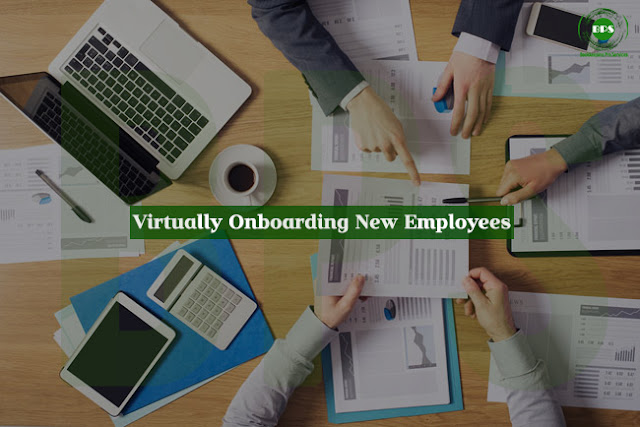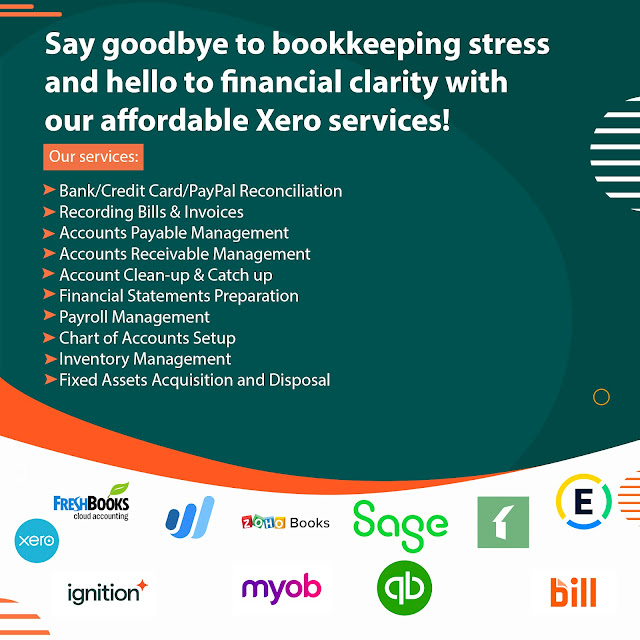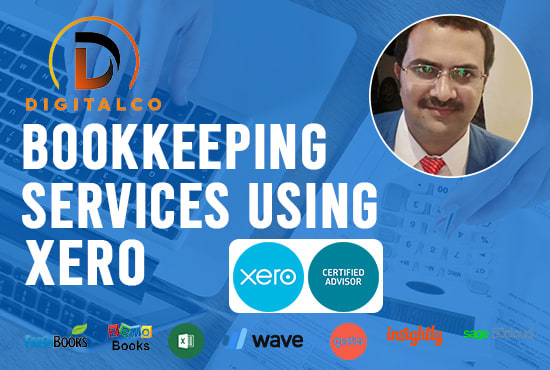6 Tips for Virtually Onboarding New Employees
Ever since COVID-19 starts, the normal, day-to-day business activities we were accustomed to changing dramatically. Paper documents are out of the image, face-to-face meetings and in-person business lunches are rare, and it's uncommon to ascertain your fellow partners or employees around the office.
Either you are from a small, medium,
or large firm; these tips will be applicable whenever you hire a new candidate:
Virtual onboarding tips
Employers must find ways to bridge the
digital gap and help new hires desire a part of the team, even as they might
during a conventional office space. As the HR director for a business
consulting services firm who has worked virtually for over seven years, I'd
like to share some tactics that can help ensure a happy new hire that is ready
to hit the ground running.
Virtual onboarding: tips for success
- Pre-start communication.
- Provide new hires with technology as soon as possible.
- Spread onboarding out over the primary week.
- Emphasize company values.
- Over-communicate and over-engage.
- Assign a mentor or "work buddy".
- Ask for feedback.
Leverage Technology
When a business leverages technology,
digital transformation will make fundamental changes in its conduct in every aspect of its virtual business. SMBs can do that change by leveraging the
technologies that are being introduced at an increasing rate.
However, SMBs aren't the primary ones
to try to do what's necessary to realize digital transformation. According to
research done by the SMB Group, only 48 percent of SMBs are getting to find
ways to maneuver toward transformation, 36 percent have begun to do things that
will support transformation, and 16 percent haven't any digital plans in situ.
Create a Culture of Communication
Good communication is censorious to
the success of any business because it provides several benefits, including:
Here are seven simple tactics you'll employ to enhance communication at your company.
- Develop communication into the foundation of your culture
- Keep employees in the loop have regular meetings
- Recognize your employees' contributions
- Figure out your office structure
- Launch a mentorship program
- Encourage employees to possess lunch with folks outside their immediate teams.
- Invest in tools that make communication easy
Schedule team-building events regularly
Doing any or all the reconciliation
above will be a good step toward fostering communication in the workplace.
Spread onboarding out over the first week Shorter bursts of coaching allow a
replacement hire to digest and retain information much better than long days
with extended sessions.
Spreading the process over a longer time also enables hiring managers to address issues and improve if something is not working.
It also reduces the strain that a replacement hire might feel
performing from home, especially if they juggle responsibilities with children,
partners, and pets while also attempting to soak up new information.
Another benefit of increasing the
training process: It allows colleagues to connect with the new hire. We allow
new hires to work by most onboarding training material separately and at their
own pace across our learning Management System process. This offers
complaisance and empowers new team members to manage their own time and workload
from the start.
Design an agenda with three to 5 days of coaching and share it with your new hire to line assumption. On day one, look up a live session with the new hire employees and team members to cover company values, culture, product and service specification, and other key information.
To advise new employees with file storage, consider creating a
scavenger hunt where the new hire can search for items and documents in your
company's online systems.
Don't Forget the Small Things
It is easy to inform an employee "a good job in that meeting" en passant during a normal office setting. It becomes significantly harder to undertake to try to do this during a virtual setting.
Once you are working remotely, calendars get bloated with meetings that
may not have otherwise occurred, and between those, you're desperately trying
to urge work done.
During this hustle, it's often easy to miss a staffer sending a well-researched question to their client, whereas, if you were during a gathering during which an equivalent question was asked, you'd likely have noted it.
For junior staff, this informal praise is very
effective and increases their motive within the firm. These feelings of
acquirement and purpose are imperative for developing subsequent generations of
the profession and are bolstered through informal praise.
Ask for feedback
The best process continuously improves
and adapts to changing situations, and onboarding is not any different. Conduct
short surveys with new hires to live what works and what doesn't in your
onboarding process and enact changes to improve future hires' experience.
At the higher of the new team member's the first week, conduct a casual check-in to determine how their first week went.
Ensure they have everything they need and ask if there's anything you'll have
done differently to enhance the onboarding processes.
Consider bringing the business director
together for an "Ask Me Anything" session during which employees who
have finished onboarding can express concerns, fears, benefits, and exciting
moments all over the journey.



Comments
Post a Comment